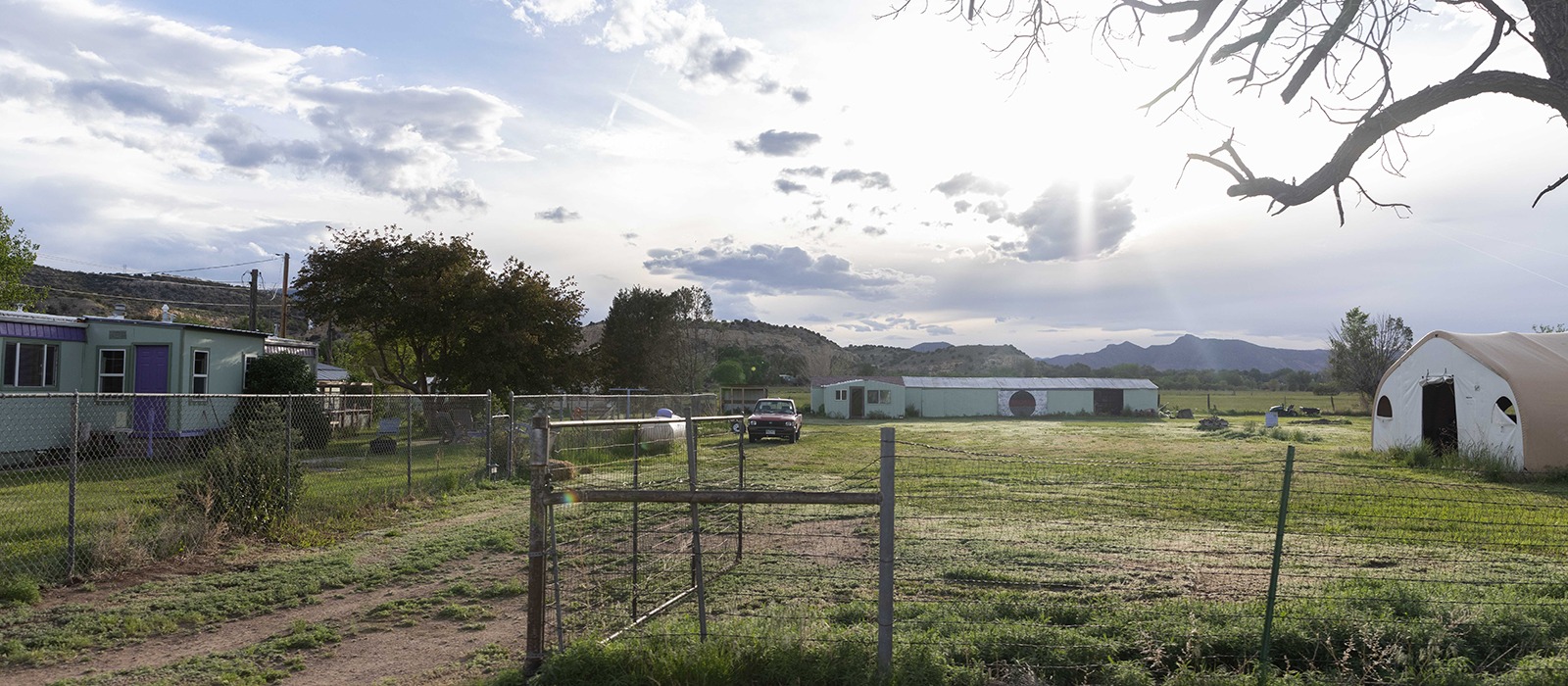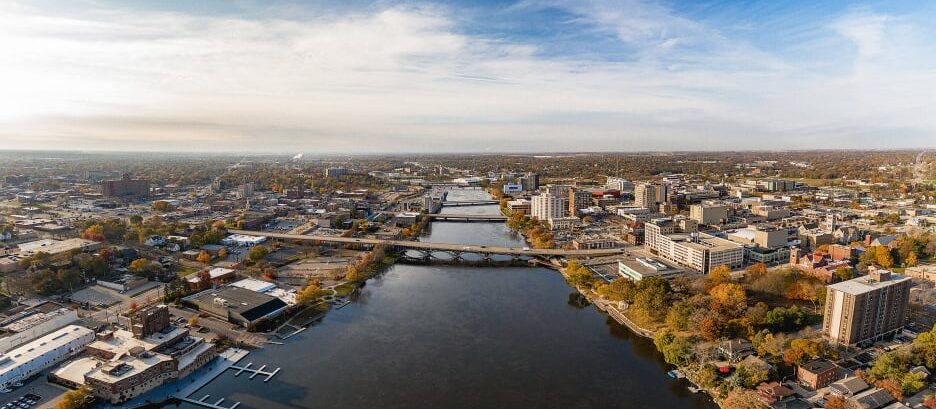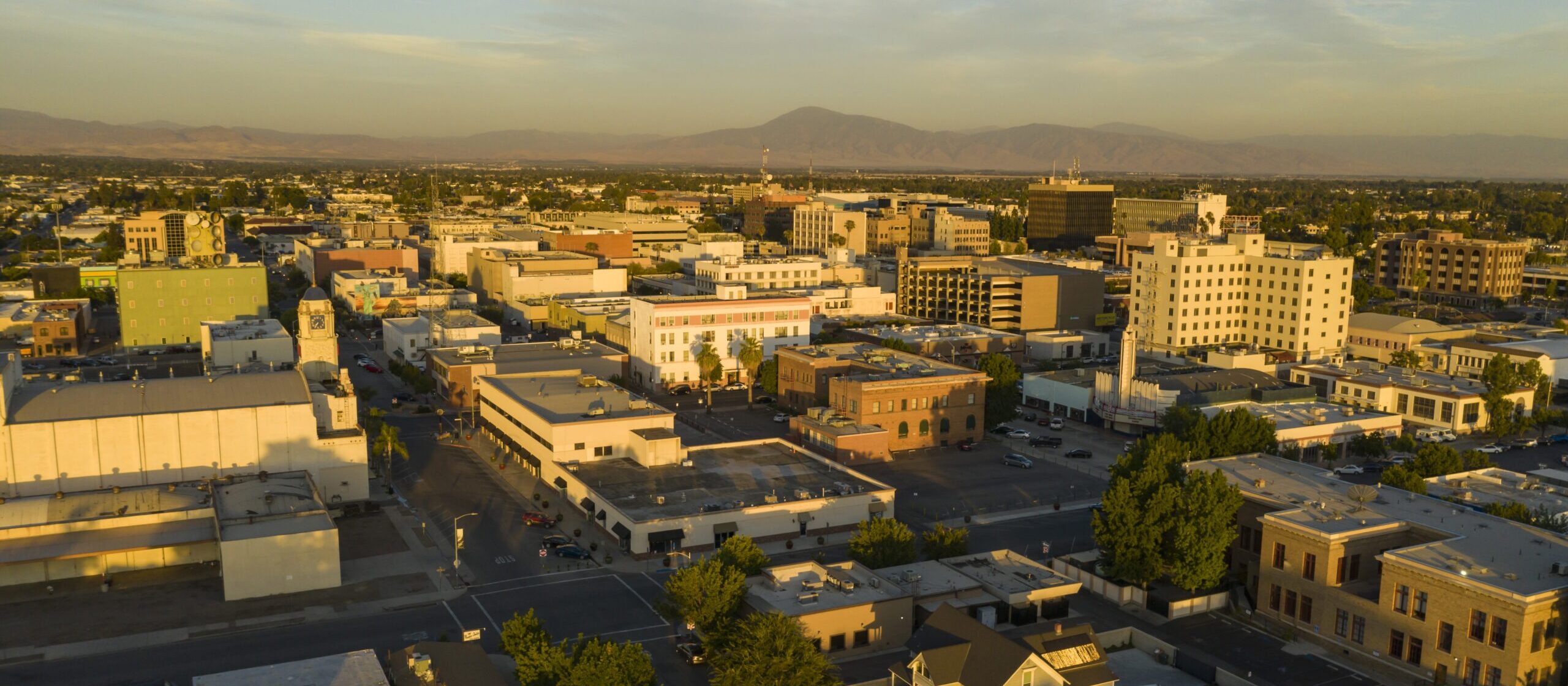We don’t simply believe that all communities have the power to end homelessness — we work with the communities making it a reality every day.
MEDIA INQUIRIES
Our team is available to speak to media on a variety of topics concerning homelessness and what successful communities are doing to end it.
If you are a member of the media, please email media@community.solutions.
THE STATS
Alaska
Alabama
California
Colorado
- Colorado BoS Chaffee, Creek, Custer, Lake, Park, Teller
- Colorado BoS Las Animas & Huerfano
- Colorado BoS Moffat & Rio Blanco
- Colorado BoS Northeast Plains
- Colorado BoS San Luis Valley
- Colorado BoS Southeast Plains
- Colorado BoS Southwest – La Plata
- Colorado BoS Southwest – Montezuma
- El Paso County
- Fremont County
- Mesa County
- Metro Denver CoC – Adams County
- Metro Denver CoC – Arapahoe County
- Metro Denver CoC – Aurora
- Metro Denver CoC – Boulder County
- Metro Denver CoC – Broomfield County
- Metro Denver CoC – Denver County
- Metro Denver CoC – Douglas County
- Metro Denver CoC – Jefferson County
- Metro Denver CoC – Tri-Cities
- Northern Colorado
- Pueblo
- Roaring Fork
- Western Colorado
Connecticut
District Of Columbia
Florida
Georgia
Hawaii
Illinois
- Aurora, Elgin/Kane County CoC
- Bloomington/Central Illinois CoC
- Champaign, Urbana, Rantoul/Champaign County CoC
- Decatur/Macon County CoC
- DuPage County CoC
- East St. Louis, Belleville/St. Clair County CoC
- Heartland CoC (Springfield/Sangamon County CoC)
- Joliet, Bolingbrook/Will County CoC
- Lake County
- Madison County CoC
- McHenry County
- Peoria, Pekin/Fulton, Tazewell, Peoria, Woodford Counties CoC
- Rockford, Winnebago County, Boone County
- Rock Island, Moline/Northwestern Illinois CoC
- South Central Illinois CoC
- Southern Illinois CoC
- Suburban Cook County
- West Central Illinois CoC
Indiana
Kansas
Louisiana
Massachusetts
Maryland
Maine
Montana
North Carolina
Nebraska
New Mexico
Nevada
Oklahoma
Oregon
Pennsylvania
Virginia
14 communities have achieved functional zero for at least one population
12 communities have solved veteran homelessness
5 communities have solved chronic homelessness
3 communities solved ended both

Abilene, TX
Veteran (Nov. 2018) and chronic homelessness (Jan. 2020)

Bergen County, NJ
Veteran (Aug. 2016) and chronic homelessness (April 2017)

Fremont County, CO
Veteran homelessness (Feb. 2021)

Gulf Coast Region, MS
Veteran homelessness (Sep. 2015)

Norman, Cleveland County, OK
Veteran homelessness (Jan. 2017)

Arlington County, VA
Veteran homelessness (Dec. 2015)

Crater Region, VA
Veteran homelessness (Feb. 2021)

Lancaster City & County, PA
Chronic homelessness (March 2017)

Lake County, IL
Veteran homelessness (Dec. 2018)

Rockford, Winnebago & Boone Counties, IL
Veteran (Dec. 2015) and chronic homelessness (Jan. 2017)

Bakersfield, Kern County, CA
Chronic homelessness (March 2020)

Chattanooga, TN
Veteran homelessness (Oct. 2019)

Montgomery County, MD
Veteran homelessness (Dec. 2015)

Lynchburg Region, VA
Veteran homelessness (Feb. 2020)
KEY DEFINITIONS
BY-NAME LIST
By-name data is a comprehensive database of every person in a community experiencing homelessness, updated in real-time. Using information collected and shared with their consent, each person on the list has a file that includes their name, homeless history, health, and housing needs. This data is updated monthly, at minimum. Quality by-name data enables teams to account for every person experiencing homelessness in real-time.
COMMUNITY
In the United States, the physical span of most Built for Zero communities are represented by Continuums of Care, which are regional or local bodies that receive and disburse federal funding for housing and homelessness. There are more than 400 continuums of care in the country, and their geographic spans vary widely. When we refer to a Built for Zero community, we are often referring to a group that includes the Continuum of Care (usually comprised of local non-profit providers), the Housing Authority, and the VA Medical Centers.
ENDING HOMELESSNESS
When we refer to ending homelessness, we mean that a community has reached functional zero, a standard developed by Community Solutions that indicates that homelessness in that community is rare overall and brief when it occurs. More detailed definitions of functional zero are listed below.
Ending homelessness does not mean that no person will ever experience homelessness in a community. It means that systems are in place to ensure that any experience of homelessness is brief and permanently resolved, and rare overall. As an analogy, a well-functioning health care system will not necessarily prevent people from getting sick. But it will ensure that people who fall ill are triaged appropriately and receive the services they need so their illness does not become a crisis.
FUNCTIONAL ZERO – VETERANS
A community has ended veteran homelessness when the number of veterans experiencing homelessness is less than the number of veterans a community has proven it can house in a month, with a minimum threshold of 3.

FUNCTIONAL ZERO – CHRONIC

A community has ended chronic homelessness when the number of people experiencing chronic homelessness is zero, or if not zero, than either 3 or .1% of the total number of individuals reported in the most recent point-in-time count, whichever is greater.

FUNCTIONAL ZERO – ALL POPULATIONS

A community has ended homelessness for all populations when:
- Rare. The number of people experiencing homelessness across all populations must consistently remain below a level, known as their functional zero threshold.
- Brief. When homelessness does occur, it must be an experience that quickly passes. Communities at functional zero ensure that the average length of time from identification to move-in is 45 days or less.
- Nonrecurring. Homelessness should be resolved, for good. No more than 5% of exits should result in a return to homelessness within two years of the system’s service or support.
- Equitable. Communities must close racial and ethnic disproportionality in housing placements, return to homelessness, and the average length of time from identification to housing.
PEOPLE EXPERIENCING HOMELESSNESS
We refer to individuals or groups as a person, people or populations experiencing homelessness, rather than referring to those people as “the homeless.” We avoid words and expressions that reduce a person’s identity to any single experience that they don’t claim themselves. Such labels can have a dehumanizing, disparaging and harmful impact on the people they aim to describe.
SHIFT
A shift in a communities’ data on who is experiencing homelessness occurs when there are six consecutive data points above or below the median. This is what we are referring to when we describe “measurable reductions.”
FREQUENTLY ASKED QUESTIONS
How do you read a run chart?
A run chart is a tool used by Built for Zero communities to track homelessness across a whole community over time. It allows leaders to spot patterns in the data, assess the effectiveness of changes they implement, refine improvement strategies over time, and distinguish between real change and normal variation in a system.

What is the difference between functional zero and the federal benchmarks and criteria for ending veteran homelessness?
The Federal Criteria and Benchmarks and functional zero represent different approaches to measurement, but they are not exclusive. Achieving the Federal Criteria and Benchmarks for ending veteran homelessness is an important milestone on the path to reaching functional zero, and a major accomplishment for a community.
To achieve functional zero, a community must have fewer veterans experiencing homelessness than it can routinely house in permanent housing in a single month. Our ultimate objective is to help communities build systems that can achieve and sustain functional zero, even if new veterans experience housing crises over time.
Do communities in Built for Zero only work on veteran and chronic homelessness?
The goal of Built for Zero is to help communities design and strengthen their systems to end homelessness, beginning with either chronic or veteran homelessness. Reaching zero for these populations does not simply bend the curve on the overall population of people experiencing homelessness in a community — these efforts lay a critical foundation upon which communities can work to end homelessness for all.
So although communities in Built for Zero often begin with either veteran or chronic homelessness, they usually then move on to other populations, such as family and youth, on their way to ending homelessness for all.
Does Built for Zero’s by-name list introduce privacy concerns for vulnerable populations, i.e. by law enforcement?
In most communities, anyone on the by-name list will sign a consent form that stipulates who that can be shared with. Community teams decide who that data will be shared with, and in most communities, police are not among those parties.
ASSETS & PRESS RELEASES
IN THE PRESS
About Built for Zero
Built for Zero is a national movement of 105 communities working to measurably and equitably end homelessness. Built for Zero is powered by Community Solutions, a nonprofit that works to create a lasting end to homelessness that leaves no one behind. Using a data-driven methodology, these communities have changed how local homeless response systems work and the impact they can achieve. Learn more at www.builtforzero.org or follow us at @BuiltforZero.
About Community Solutions
Community Solutions is a nonprofit committed to creating a lasting end to homelessness that leaves no one behind. It leads Built for Zero, a movement of more than 100 communities in the United States working to measurably end homelessness. Using a data-driven methodology, these communities have changed how local systems work and the impact they can achieve. To date, 14 communities have reached a milestone known as functional zero, a milestone for ending homelessness for a population. Learn more at www.community.solutions or follow us at @CmtySolutions.
Media Contact: media@community.solutions

